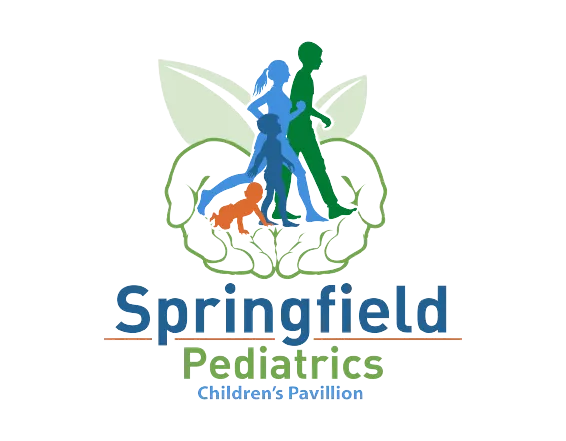My baby is crying, can I use a pacifier?
Many mothers find themselves seeking answers to this question especially in the breast feeding mothers, who often have been schooled pre-discharge not to administer anything other than the breast when a desire to breast feed is expressed. The 1998, 10 steps to successful breast-feeding issued by the World Health Organization was very clear on the recommendation not to use pacifiers or artificial nipple devices.
Will pacifier use disturb successful breast-feeding?
Breast-feeding on demand is ideal and depends on many steps some of which need to be identified in the prenatal period during counseling and too many problems with successful breastfeeding later may have been excessively attributed to the pacifier . This question was generated by medical researchers recently and their results were published in March 2001 in the Cochrane Database of Systemic Reviews. They set out to assess the effects of pacifier use compared to a no pacifier use in healthy full-term newborns whose mothers initiated breast-feeding and the intend to exclusively breast-feed.
Does the scientific evidence suggest harm?
They pooled prior studies addressing this problem using rigid criteria. Cumulatively their efforts involved studying about 1900 infants. Rigorous scientific and statistical methods were applied and the results show that the use of pacifier in healthy full-term breast-feeding infants either at birth or after successful lactation is established did not significantly affect the regularity or duration of exclusive and partial breast-feeding up to 4 months of age. The data reviewed here does not answer short term breast-feeding difficulties faced by mothers and the long term effects of pacifier use on infant health, considering that breast-feeding is often encouraged through the first 6 months of life and beyond.
Pacifier use is not in encouraged in our practice in the first 2 weeks of life. In this situation, we believe it may actually point to hidden problems with the feeding process which may later on hamper successful breast-feeding. Pacifier use may also increase the likelihood of nipple contamination and diarrhea illnesses. Some of the benefits identified in clinical practice with pacifier use however include reducing the chances of the dreaded sudden infant death syndrome since it obligates the newborn to breathe while sucking.
Mothers who are breast-feeding can use the pacifier appropriately, without feeling guilty but need to remain conscious of the fact that each mother-infant unit is peculiar and the goal of breast-feeding on demand remains key. Breast feeding on demand requires frequent feeding sessions anywhere between 8 to 25 feeds in the 24-hour cycle on the average with attendant age appropriate number of stools and voids. Prolonged use of the pacifier can significantly interfere with this process and compromise newborn nutrition and hydration especially in a hot climate like Arizona where frequent nursing helps to offset increased evaporative moisture losses through the breath and skin by the environment in exclusively breast fed newborns.
